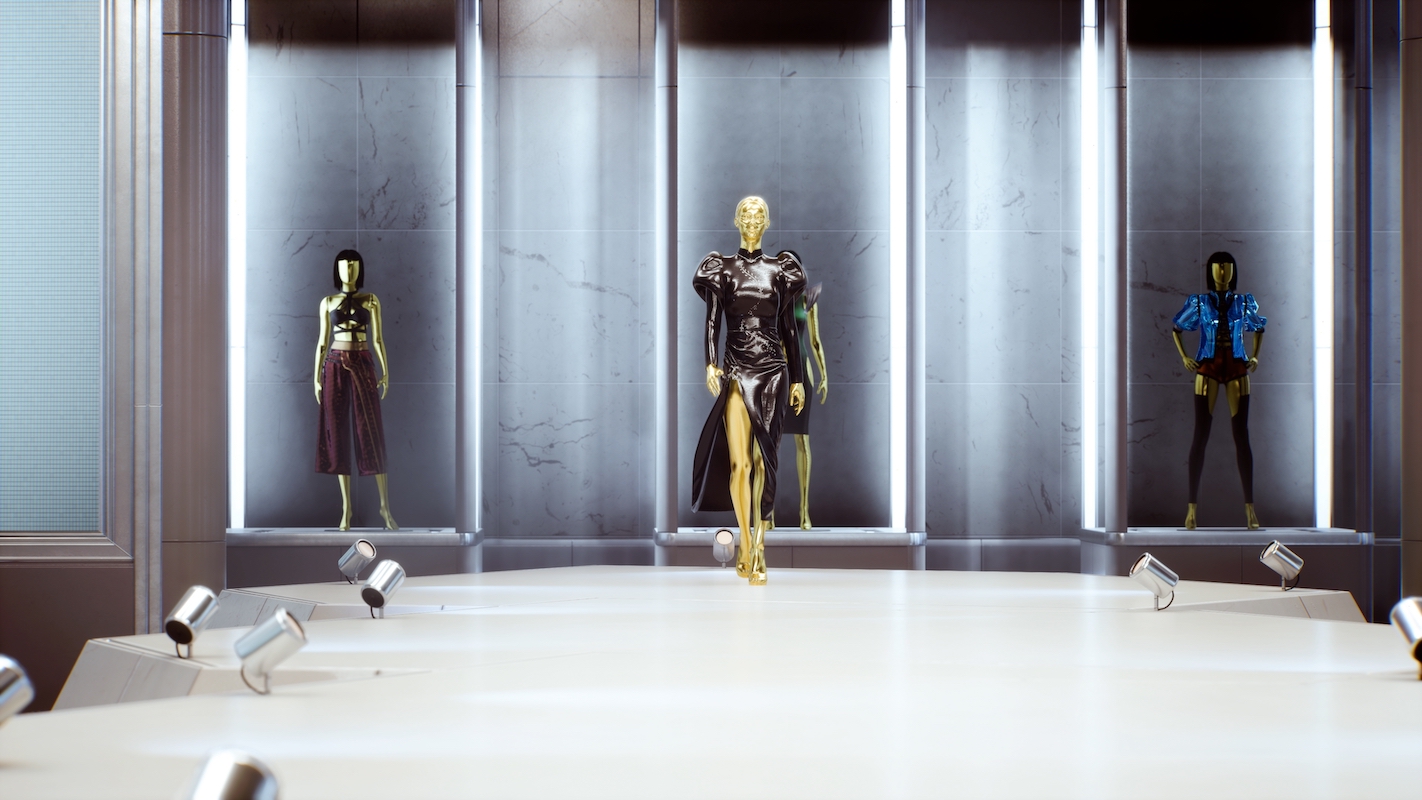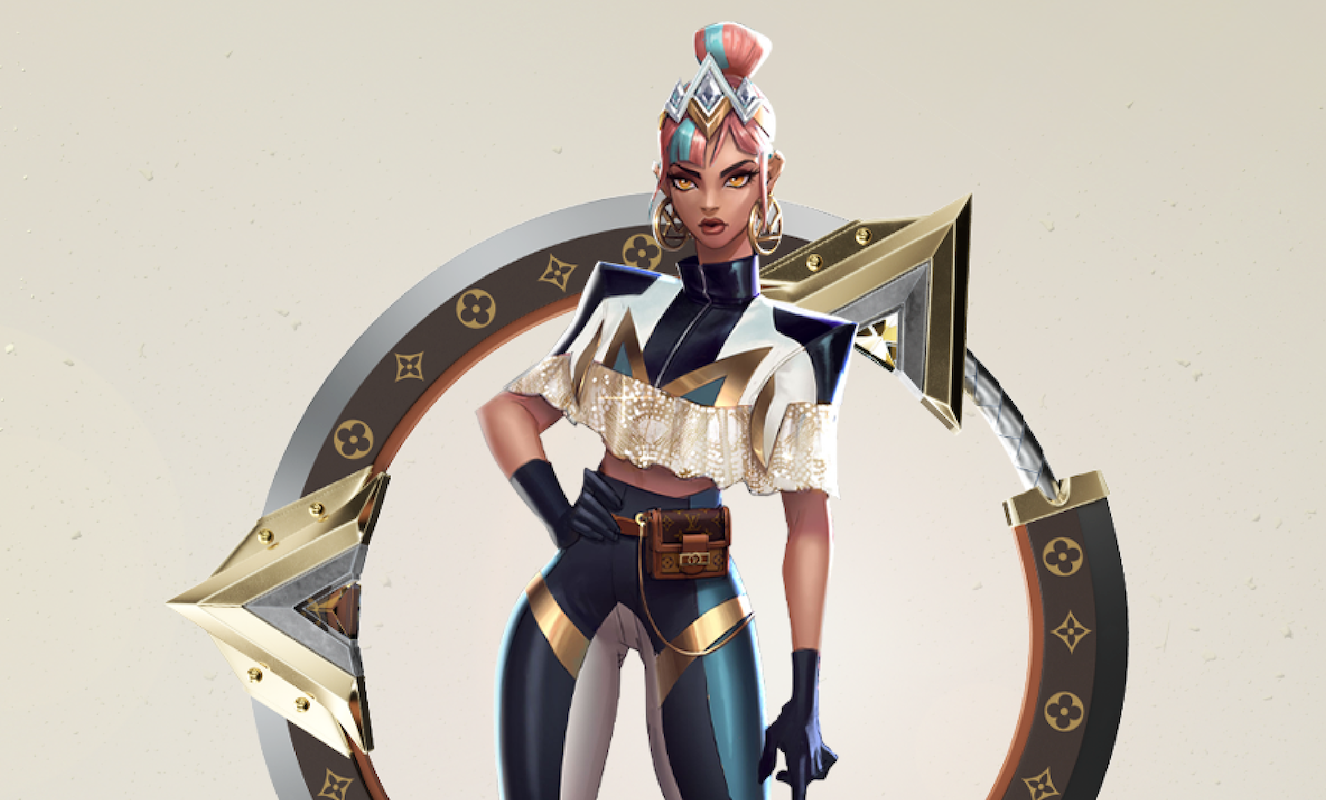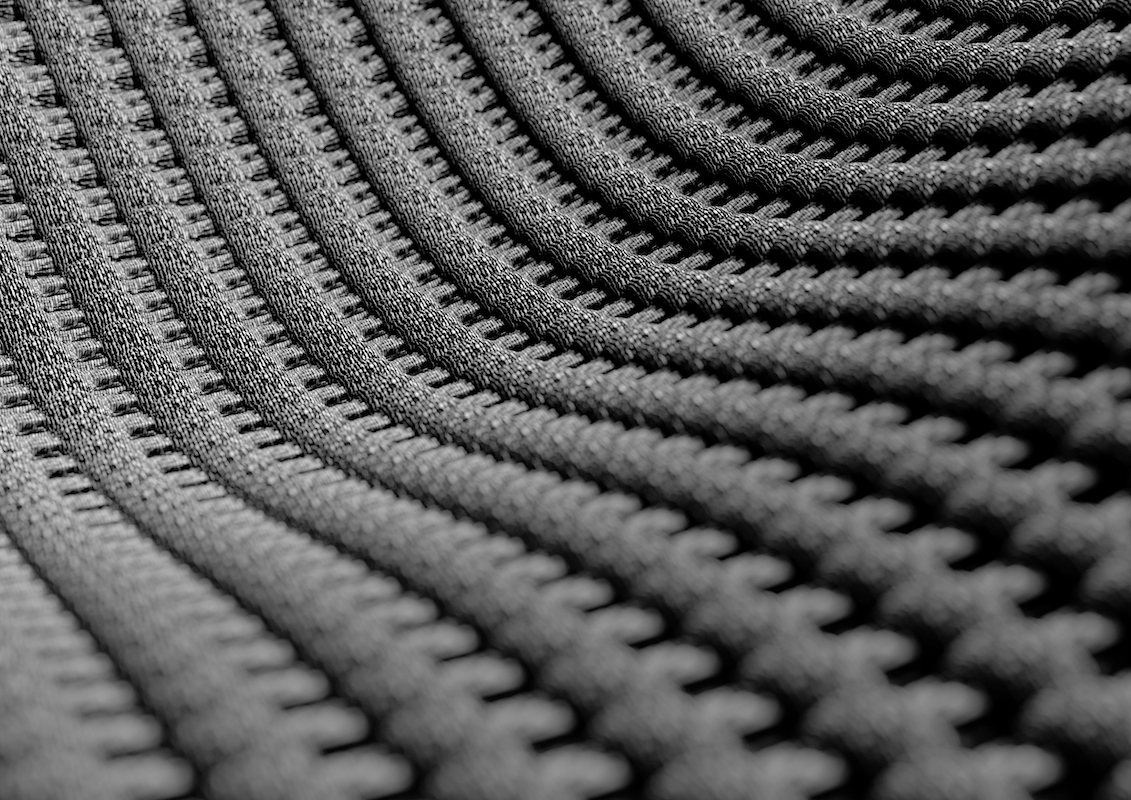This website uses cookies so that we can provide you with the best user experience possible. Cookie information is stored in your browser and performs functions such as recognising you when you return to our website and helping our team to understand which sections of the website you find most interesting and useful.
Future-proof fashion
By Polly Jean Harrison | 14 September 2022 | Style
As the world of fashion becomes ever more high-tech, we explore just some of the ways style is embracing virtual substance

With the world becoming ever more digital, fashion has received a high-tech makeover in recent years. From colour-changing bags to virtual dresses, technology seems to have a firm foothold in the industry, as many brands turn to science and engineering to tackle some of their biggest challenges.
A classic example of this is sustainability, an ever-pressing concern in an industry dominated by fast-fashion and textile waste. With the world attempting to combat climate change, vegan alternatives have never been more popular, particularly in the luxury world. However, when it comes to eco-fabrics like vegan leather, the amount of plastic used means they’re not actually the most sustainable option. This is where tech comes into play, as brands are working on creating synthetic materials grown in the lab.
Start-up company Modern Meadow has created lab-grown leather without the use of animal products, with Bolt Threads also creating a leather-like fabric grown from mushrooms in an effort to make fashion more eco-friendly.

Though tech can help fashion navigate the trials and tribulations it faces, the real pièce de résistance when it comes to injecting futuristic flavour into fashion is smart clothing and wearables. First debuting in 2015, these stylish pieces take fashion step further than smartwatches and fitness trackers. Smart wear has seen a particularly large boom in activewear, where garments can detect biometrics such as heart rate, body temperature and workout intensity. These come in a variety of tricked out products – including yoga pants, t-shirts, or even sports bras.
The Levi commuter trucker jacket is a recent example of connected clothing, launched in 2020 from Google’s Project Jacquard platform. Merging style with innovative technology, users can access digital services right from the cuff of their signature blue denim jacket. Whether it’s sharing updates about your day, controlling music on the go or even taking a selfie with the flick of a wrist, the smart jacket is a prime example of technology blending with everyday wear.
The Samsung NFC smart suit is also a sight to behold. Created in collaboration with Rogatis, the suit is inbuilt with an NFC tag in the sleeve button, which allows the wearer to control their phone without digging through pockets or bags.
You can even use clothes and accessories to make payments, with payment jewellery – such as futuristic contactless payment rings to the subtler gem-encrusted bracelets – all making waves on the market.

Despite this influx of technology prevalent in futuristic concept pieces, smartwear has yet to truly light up the runway. Though the high fashion world is certainly flirting with technological advancements, you won’t find too much in the way of biometrics and other smart wearables leaping off the catwalk yet.
It’s not all bad news, however, as technology is being brought into the luxury fashion world via Artificial intelligence (AI) and Virtual Reality (VR). 2021 was really the year when fashion entered the metaverse, with the industry creating digital clothing and avatars for virtual worlds. NFTs have seen a particular interest pique – with Balmain becoming one of the first luxury brands to pursue multiple NFT projects. The brand’s CMO Txampi Diz told Vogue: “The possibilities that the digital world offers to this industry are amazing, almost limitless.”
Designers have even made an appearance in gaming: Louis Vuitton designed “skins” for League of Legends, Ralph Lauren created a Bitmoji wardrobe, and Moschino launched a collection inspired by The Sims that could be worn in-game.

It’s not just NFTs though, with the use of virtual reality having slightly more practical applications – such as offering customers a virtual fitting room. Gucci launched an augmented try on feature allowing customers to try on sneakers via Snapchat, and you can try on virtual Louis Vuitton sunglasses from the comfort of your own home via LV’s interactive system.
AI has also been particularly helpful to brands looking to enhance their customer shopping experience. Not only can it analyse data to forecast market trends, but it can help companies offer customised product selections, so each customer can find exactly what they’re looking for. With the uptake in e-commerce over the last few years, these kinds of features have been essential for retailers looking to keep up.
Although digital fashion makes increasing sense in our virtual world, it’s unlikely to eclipse society’s need for tangible clothing – at least, not yet.
Nevertheless, it’s clear that luxury fashion is going down a distinctively digital route, with designers experimenting with emerging technologies. Whether they’re keeping an eye on what comes next or if it’s just a trendy marketing ploy, when it comes to high fashion, the future really is now.







